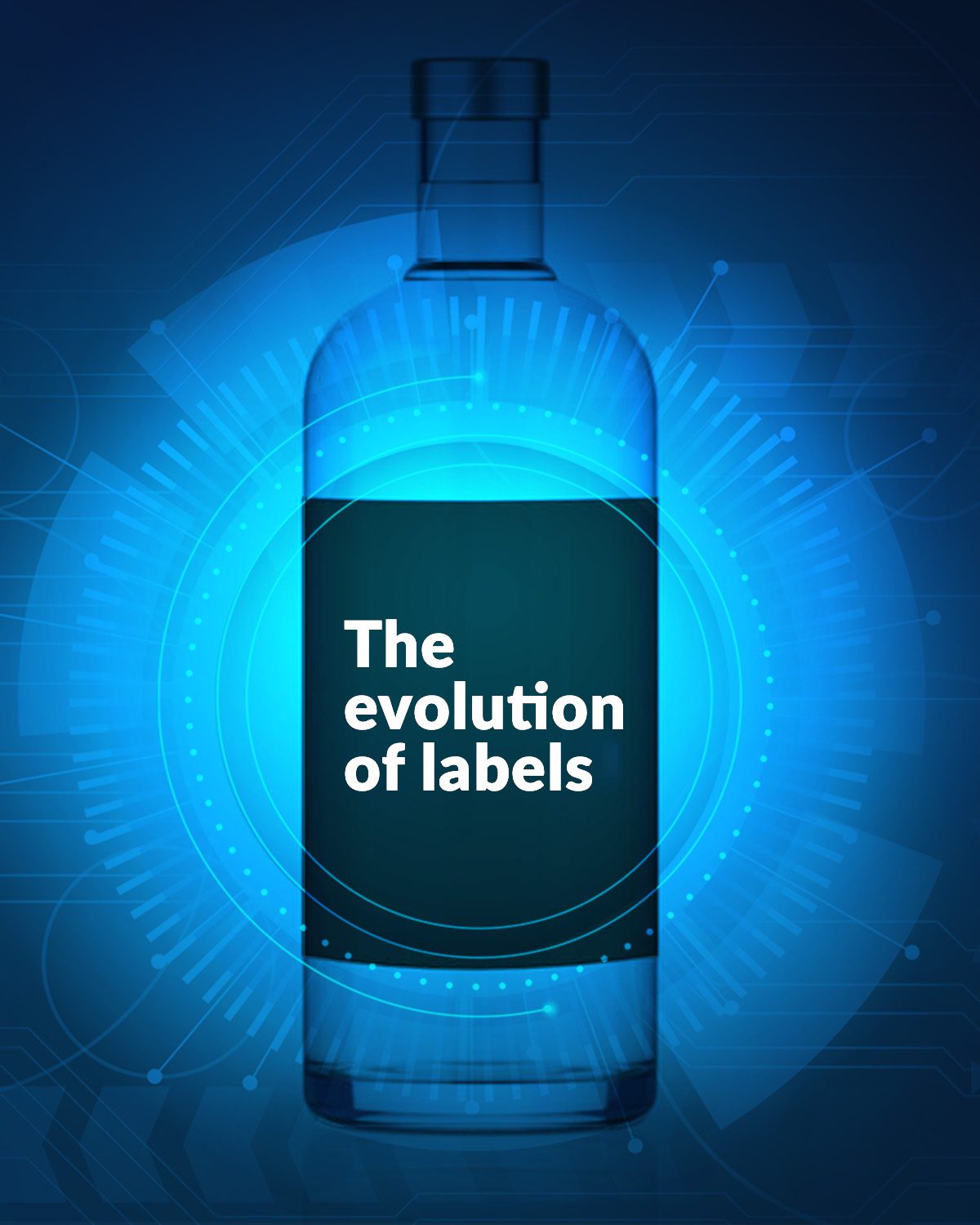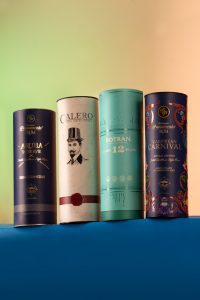Labels for Bottles

In the past, manufacturers primarily used labels for bottles to identify the contents and provide nutritional information.
However, designers have significantly evolved the labels on glass packaging, turning them into powerful tools for marketing and promoting products.
The label drives a product’s success by communicating its quality, attracting consumers, and differentiating it from competitors.
Labels for bottles project quality and authenticity, making design—shape, size, colors, and finishes—crucial for effectively representing the product.
5 ways in which etiquette has evolved over time.
Labels for bottles industry is constantly innovating and developing new materials and technologies to improve the quality and efficiency of results.
Below, we will detail some of the latest technological innovations in the label industry:
Smart labels
Smart labels for bottles use sensor technology and connectivity to provide real-time information about the product and its environment. You can use these labels to track the supply chain, monitor products, and provide nutritional information.
The smart label, thanks to the technology it accompanies, such as QR codes, sensor microchips, or image recognition, allows the consumer to have a different experience.
Augmented reality labels
Augmented reality labels enhance the product experience by using AR technology to provide additional content when scanned with a mobile device.
Labels for bottles can feature videos and interactive games like virtual tours, tutorials, or product stories to engage consumers.
Brands increasingly use augmented reality in labeling to reinforce brand image, innovate, attract consumer attention, and influence purchase decisions.
Thermochromic labels
Thermochromic labels for bottles change color with temperature, alerting consumers when a product reaches its optimal temperature, making them ideal for items like beer.
Brands that use this type of novelty seek to stand out from the common and create a need in the consumer.
Special inks
Special inks, such as metallic, fluorescent, and tactile effect inks, allow companies to create labels for bottles with innovative and striking designs.
These inks can be used to add texture and depth to labels, create visual effects such as stunning metallic, glossy, and holographic effects.
Sustainable label materials
Companies are increasingly interested in using sustainable label materials, such as recycled paper and biodegradable plastics.
We can highlight the water-soluble adhesive that lets you remove the label without leaving residue on the container and simplifies the cleaning process for recycling. These materials reduce the environmental impact of labels and help companies meet sustainability goals.
In summary, labels on bottles influence purchasing decisions, serve as marketing tools, convey product quality and authenticity, and comply with legal regulations.
Therefore, it is essential to invest time and resources in the design and production of the label to ensure that it is attractive, informative, and meets required standards.
Whether you’re launching a new product or refreshing the image of your packaging, our glass customization service can help you create a unique and memorable experience for your customers.
Contact us today to learn more about how we can help you take your product to the next level.



